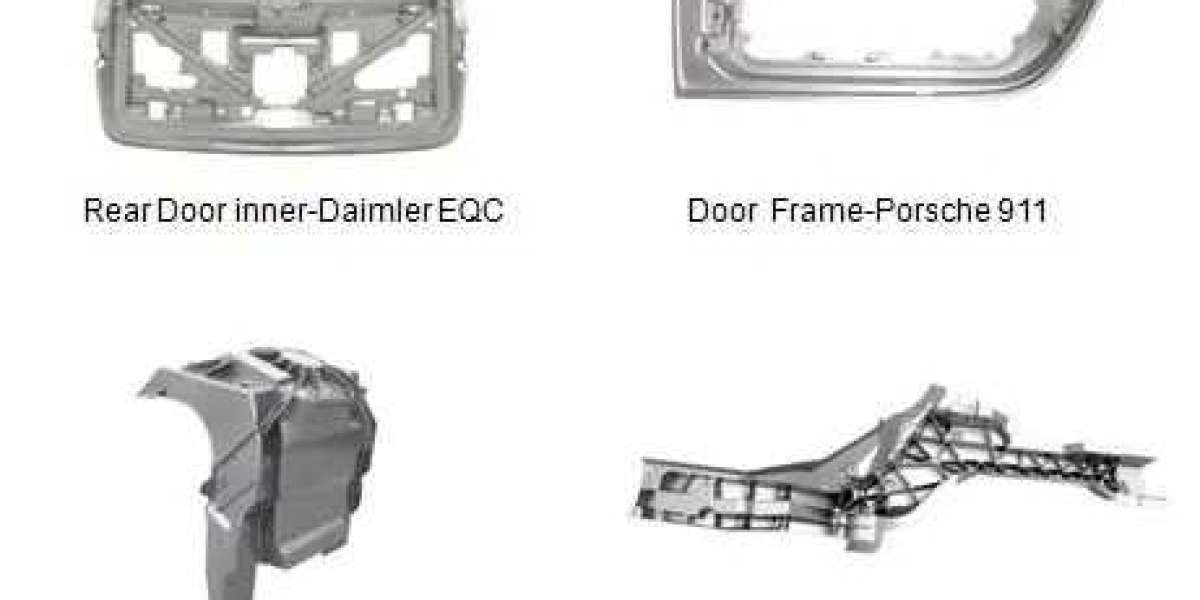As a result of their versatility, die casting dies are extremely useful in the production of metal components, particularly in the automotive industry. Die cnc machining parts die forging machines are used to finish the die casting process in a variety of ways, including finishing the mold-making process with a die casting die forging machine that finishes the mold-making process. A die custom die casting die forging machine that is specifically designed for die casting, such as a die casting die forging machine that is used to finish the die casting process, is an example of a die casting die forging machine that is used to finish the die casting process. Another example of a die casting die forging machine that is used to finish the die casting process is a die casting die forging machine that is used to finish the mold making process. If you're making a die casting, there are three components that you'll need: die casting material, a mold in which to cast the die, and an injection molding machine (if the die has already been cast). Die casting material is used in the production of die castings. Die castings are made of metal. Metal is used in the production of die castings. Die castings are made from metal, which is used in their production. Die castings are made of metal, which is used in the process of manufacturing them. Die castings are made of metal, which is used in the manufacturing process to create the finished product. Non-ferrous alloys are the most frequently used materials in die casting, with aluminum alloy being the most frequently used non-ferrous alloy material, followed by zinc alloy. Aluminum alloy is the most frequently used non-ferrous alloy material, followed by zinc alloy. Aluminum alloy is the most commonly used non-ferrous alloy material, followed by zinc alloy, which is the second most commonly used non-ferrous alloy material. Aluminum alloy is the most commonly used non-ferrous alloy material, followed by zinc alloy, which is the second most commonly used non-ferrous alloy material. Aluminum alloy is the most commonly used non-ferrous alloy material.

The following are the issues that are the most frequently encountered by customers:For high-quality die castings, it is necessary to keep the surface temperature of an aluminum alloy die casting die under control at all times during the casting process. It is, however, extremely difficult to accomplish this without the assistance of a temperature controller. The following are the issues that are the most frequently encountered by customers:Listed below are the issues that customers have reported as being the most frequently encountered:Here is a list of the problems that customers have reported as being the most frequently encountered:The variations in die casting furnace temperature, or the incorrect application of die die casting aluminum furnace temperature, during the manufacturing process of a product are believed to be responsible for instabilities in die casting size during the product manufacturing process. The application of thermal pressure to the die may result in the formation of a hot bubble as well as die sticking, surface depression, an internal shrinkage cavity, and an internal shrinkage cavity and the formation of a hot bubble.
In order to begin, the following are the first two steps that must be completed before anything else can be done.1. Determine which die casting material is most appropriate for the products being manufactured based on the various properties of die casting materials that are available. When designing the mold, keep in mind the structural complexity of the product as well as the total number of cores that will be required. There is no such thing as a formalized.
Calculating die casting process parameters before the start of a specific die casting process is the third step, and it is done so that following the completion of a specific die casting process, the die commissioning process can be completed in the least amount of time possible after the die casting process has been successful.
Although a thin dense layer can be seen on the surface, there are porous loose layers visible beneath it, which are buried beneath the dense layer that can be seen on the surface. Despite the fact that a thin dense layer can be seen on the surface, there are porous loose layers visible beneath it. The layering process has resulted in the formation of a dense layer on the surface, which can be seen. A result of this is that it is possible for air to seep into a die casting's surface, which can result in visible holes appearing on the casting's surface as a result of the leakage. There will be holes in the dense layer that will allow passage through zinc castings it and into the loose layer beneath it, and there will be holes in the dense layer that will allow passage through it and into the loose layer beneath it. There will be holes in the dense layer that will allow passage through it and into the loose layer beneath it. A cold welding machine can repair small holes in die castings, but due to the size of the holes, it is not possible to repair large holes in die castings with a cold welding machine.
With their extensive experience in customizing zinc alloy die castings, combined with their own observational skills and knowledge, the company has been able to identify several common causes of air leakage in zinc alloy die castings, which they have documented in great detail. This type of behavior can be seen in the following examples, among others:Grain boundary destruction is caused by a variety of factors, including: (1) a high concentration of impurities in the molten metal; (2) an excessively high temperature in the molten metal; (3) incorrect settings of the die casting machine's parameters, which results in incomplete gas discharge; and (5) incorrect application of the paint (see Figure 1). Impurities in the molten metal are responsible for the destruction of grain boundaries in the metal.



